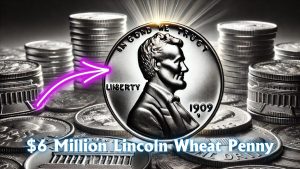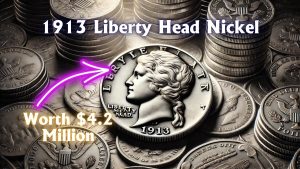Money
The Lincoln Wheat Penny Worth $265,000 Is Still in Circulation
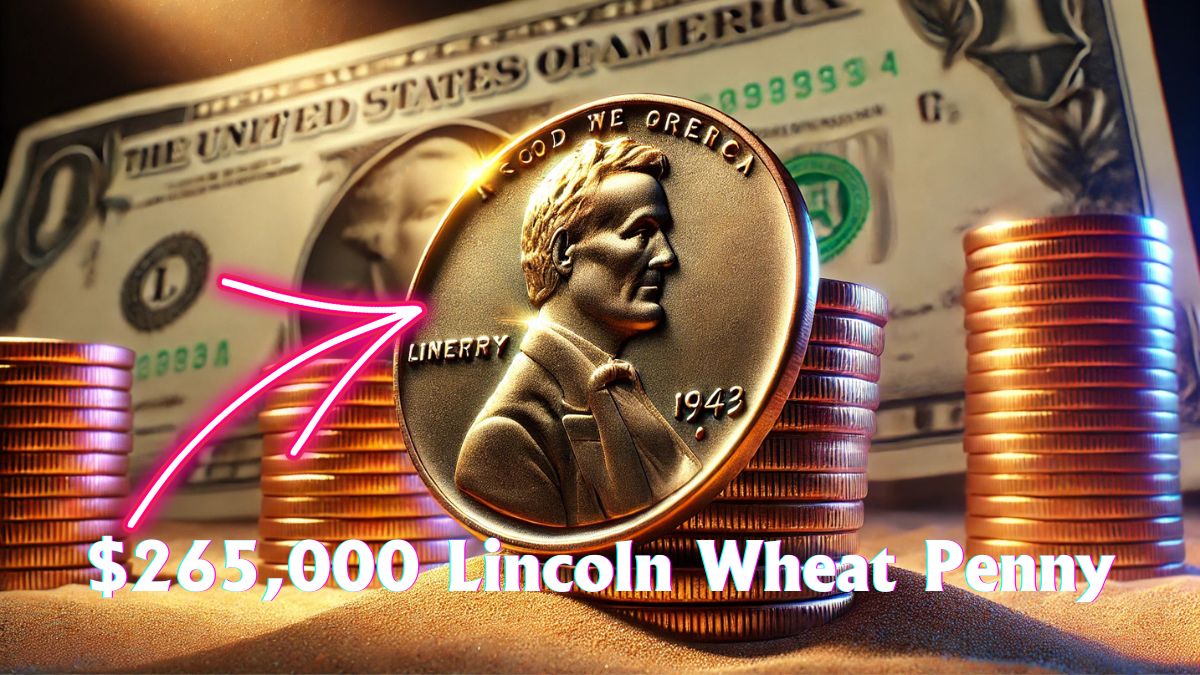
The Lincoln Wheat Penny, minted from 1909 to 1958, is a staple in American coinage. While most of these pennies hold minimal monetary value, certain rare variants have fetched astonishing sums at auctions.
Notably, a 1943 Lincoln Wheat Penny sold for $265,000, and such treasures might still be lurking in everyday circulation.
The 1943 Bronze Lincoln Wheat Penny: A Wartime Rarity
During World War II, the U.S. Mint shifted from copper to zinc-coated steel for penny production to conserve copper for military needs.
However, a few pennies were mistakenly struck on leftover bronze planchets in 1943, creating an exceptionally rare error coin. These bronze pennies from 1943 are among the most coveted by collectors due to their scarcity and historical significance.
Factors Contributing to the Penny’s High Value
Several elements influence the substantial value of the 1943 bronze Lincoln Wheat Penny:
- Material Composition: The erroneous use of bronze instead of steel in 1943 makes these pennies unique.
- Rarity: Only a limited number of these error coins exist, with estimates suggesting around 20 from the Philadelphia Mint and even fewer from other mints.
- Condition: The coin’s grade significantly impacts its value. For instance, a 1943 bronze penny graded AU50 (About Uncirculated) showcases minimal wear and sharp details, enhancing its appeal to collectors.
Other Notable Rare Lincoln Wheat Pennies
Beyond the 1943 bronze penny, several other Lincoln Wheat Pennies are highly sought after:
| Year | Mint Mark | Description | Estimated Value |
|---|---|---|---|
| 1909 | S VDB | Features engraver Victor David Brenner’s initials; limited mintage. | $1,000 – $1,500 |
| 1944 | S | Steel cent mistakenly minted instead of copper; extremely rare. | $373,750 |
| 1955 | None | Exhibits a prominent doubled die error on the obverse. | $20,000 |
| 1914 | D | Low mintage; scarce in high grades. | $10,000 |
| 1922 | No D | Missing mint mark due to die error; unique among Denver issues. | $5,000 |
Identifying Valuable Lincoln Wheat Pennies
To determine if you possess a valuable Lincoln Wheat Penny, consider the following:
- Date and Mint Mark: Check the year and mint mark. Key dates like 1909-S VDB, 1943 bronze, and 1955 doubled die are particularly valuable.
- Material: Use a magnet to test for steel composition. A 1943 penny that does not stick to a magnet may be the rare bronze variant.
- Condition: Coins with minimal wear, clear details, and original luster are more valuable. Professional grading can provide an accurate assessment of a coin’s condition.
The Importance of Professional Grading
Having a coin professionally graded by services like the Numismatic Guaranty Corporation (NGC) or the Professional Coin Grading Service (PCGS) can authenticate its legitimacy and condition. A higher grade can substantially increase a coin’s market value, as collectors often seek well-preserved specimens.
The allure of the Lincoln Wheat Penny lies in its rich history and the possibility of uncovering a rare gem in everyday change. While the chances are slim, the potential reward makes it worthwhile to examine your pennies closely. Who knows? You might just find a piece of numismatic history worth a fortune.
FAQs
What makes the 1943 bronze Lincoln Wheat Penny so valuable?
Its value stems from a minting error during World War II when pennies were supposed to be made from steel. A few were mistakenly struck in bronze, making them exceptionally rare.
How can I tell if my 1943 penny is bronze or steel?
Use a magnet: steel pennies will stick, while bronze ones will not. Additionally, bronze pennies have a distinctive reddish-brown hue compared to the grayish appearance of steel pennies.
Are all Lincoln Wheat Pennies valuable?
While most are worth only a few cents, certain rare dates, mint marks, and error coins can be worth significantly more, especially in high grades.
-

 Government Aid3 months ago
Government Aid3 months agoFebruary SSDI Payments: Only This Group Will Receive the First Checks of Next Month
-
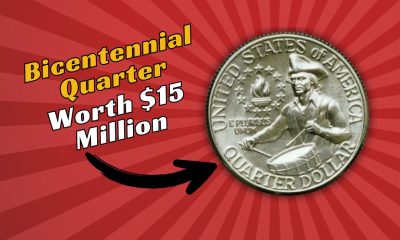
 Finance2 months ago
Finance2 months agoRare Bicentennial Quarter Worth $15 Million
-

 Government Aid2 months ago
Government Aid2 months agoSocial Security Announces 2025 Check Increase, But a 23% Reduction is Expected Soon
-
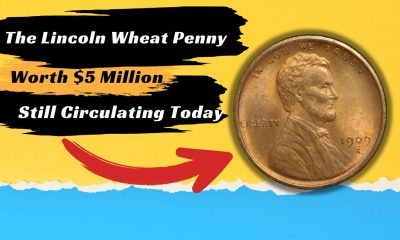
 Finance3 months ago
Finance3 months agoThe Lincoln Wheat Penny Worth $5 Million- Still Circulating Today
-
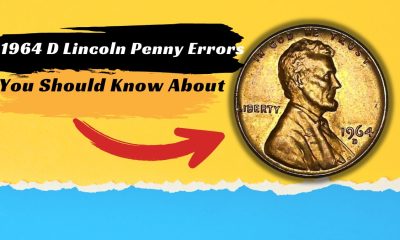
 Finance3 months ago
Finance3 months agoRare Coins: The 1964 D Lincoln Penny Errors You Should Know About
-

 Government Aid2 months ago
Government Aid2 months agoIRS to Distribute Stimulus Checks to Millions- Find Out How to Claim Yours
-
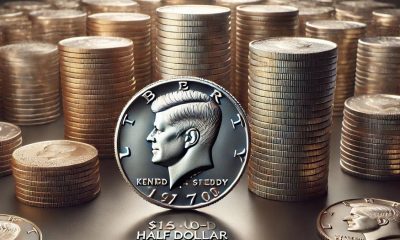
 Finance3 months ago
Finance3 months ago1970-D Kennedy Half Dollar- A Rare Coin Worth Over $150,000 Still in Circulation!
-

 Government Aid3 months ago
Government Aid3 months agoThe Complete February SSDI Payment Schedule: Discover When You’ll Receive Your Disability Benefits

